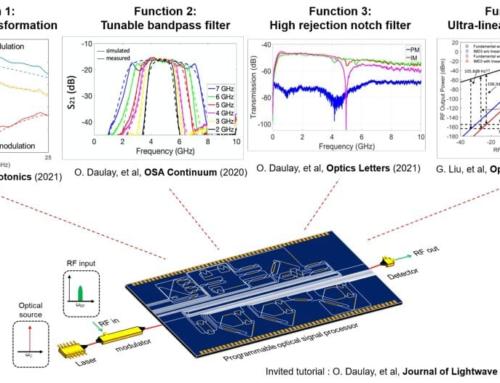The first thought that comes to mind when you talk about 5G technology should not be “network”. That’s the opinion of Andile Ngcaba, the founder and chair of Convergence Partners.
“5G is not about spectrum. 5G is not a network,” Ngcaba said at an Absa Insights event in Sandton recently. The event was hosted in collaboration with FTTx Council Africa and Digitalthings. Ngcaba is also the chair of FTTx Council Africa.
“We need to remove this concept of a network. This is a platform. It has various function layers,” Ngcaba told MyBroadband in an interview after his presentation.
Ngcaba served as the Director General of the South African Department of Communications until December 2003. He began his career in the private sector at Dimension Data in 2004 and founded Convergence Partners in 2006.
“We must move away from looking at this [5G] as a 4G model and think about functions,” he said. “That is, in my view, how we’ll come to understand this.”
Open Source 5G
During his presentation, Ngcaba highlighted several initiatives that he said are making 5G entirely different from the technologies that came before it.
These include the Facebook-backed Telecom Infra Project (TIP), which aims to change the way networks are deployed using a community-driven R&D approach. He also mentioned Airship, a set of cloud provisioning tools, and an open-source reference for 5G mobile networks called M-Cord.
M-Cord has been rolled into the Converged Multi-Access and Core (COMAC) open-source project, which counts Google, AT&T, Intel, and China Unicom among the members of its community.
Vodacom, MTN, and Telkom: 5G is all about spectrum
Ngcaba’s statements contradict those of established network operators like Vodacom, MTN, and Telkom, who have said that access to spectrum is still the major obstacle to rolling out 5G services in South Africa.
The networks say they are ready to roll out 5G when spectrum becomes available, while Ngcaba says that before any decisions are made about 5G, the functions of the technology must first be understood.
“5G is cloud native. It is born in the cloud. The workloads are born the cloud. The radio access network is virtualised,” Ngcaba told MyBroadband.
This gives 5G a “sliceable” model, Ncgaba said, which will allow service providers to offer products in a particular “slice” of the market. Examples of such slices are emergency services, consumer Internet of Things (IoT), and industrial Internet of Things applications.
“The question that needs to be answered is, if you operate on a slice and there is a network underneath, what is the relationship between the slices and the network?” Ncgaba said. He argued that 5G offers a totally different architecture and business model to traditional wireless networking technologies. Ncgaba said that he doesn’t have an answer for what the business model might look like.
“Let’s understand the technology and the functions first before we think about what the investment model and business model is,” he said. He pointed to services like Uber and Airbnb as examples of platform businesses that disrupted the traditional view of investment and business models.
“Platform models and platform economics are different to network models,” said Ngcaba. “People couldn’t understand Uber and Airbnb when they first launched, and asked precisely the wrong question in the beginning — Who owns what?”
“Don’t start there,” Ngcaba said.




